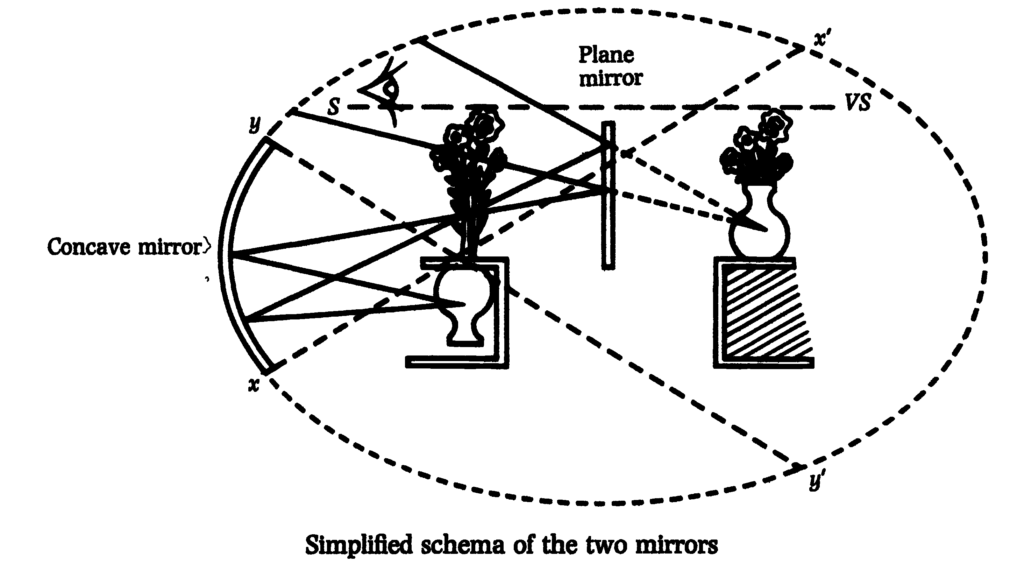It is as if Ahmed had leapt into the narrative of an epic, becoming one of its characters, and this leap had led him to engage in a real battle. This is what I propose to call the epic leap. It is not a case of “passage à l’acte“, a notion often misused to fill gaps in meaning when faced with disconcerting behaviors. Restored to the clinical rigor conferred by psychoanalysis, acting out is a rupture, a sudden piercing of consciousness by the unexpected. It is an act that has no meaning for the subject performing it, as they are absent to themselves at the moment they are its agent. For Ahmed, as for many others I have encountered who have entered the fight, there is, on the contrary, an excess of meaning and a deliberate crossing over that draws its strength from the conjunction of narrative and action. The word ‘epic’ corresponds to this assembly or union embodied by the two Greek terms it comprises: epos, which denotes speech in its various manifestations (verbalization, saying, storytelling, narration, fable, myth, etc.), and poiein, which means action and its equivalents (the act, doing, production, realization, etc.). ‘Epic’ in Arabic (malhama) is in harmony; the word comes from a root meaning ‘to weld’ (l.h.m), which has given ‘flesh’ and ‘fierceness,’ as well as the epic poem or saga. The epic leap is for a subject the event by which a narrative becomes action, an action becomes narrative, aimed at a battle they believe to be legitimate. Whether driven by a desire for justice, revenge for an outrage, erasure of a shameful stain, quest for intensity in life, desire to be another, or several of these motives at once, the subject seeks, through the feat, to escape their current state and enter a significant becoming, even if it proves fatal. And it is not necessary to possess exceptional qualities to don the cloak of the epic.
C’est comme si Ahmed avait sauté dans le récit d’une épopée pour en devenir l’un des personnages et que ce saut l’avait conduit à s’engager dans un combat réel. C’est ce que je propose d’appeler le saut épique. Il ne s’agit pas d’un passage à l’acte, notion utilisée à tort et à travers pour boucher les trous du sens face à des agissements déconcertants. Restitué à la rigueur clinique que la psychanalyse lui a conférée, le passage à l’acte est un trou, un transpercement fulgurant de la conscience par l’imprévu. C’est un acte qui n’a pas de sens pour le sujet qui l’effectue, étant absent à lui-même au moment où il en est l’agent. Pour Ahmed, comme pour tant d’autres que j’ai rencontrés et qui sont entrés dans le combat, il y a au contraire un excès de sens et un franchissement délibéré qui tire sa force de la conjonction du récit et de l’action. Le mot “épopée” correspond à cet assemblage ou à cette union qu’incarnent les deux termes grecs dont il est formé: epos qui désigne la parole dans ses diverses manifestations (la verbalisation, le dire, le récit, la narration, la fable, le mythe, etc.) et poiein qui signifie l’action et ses équivalents (l’acte, le faire, la production, la réalisation, etc.). “Épopée” en arabe (malhama) est à l’unisson ; le mot provient d’une racine qui signifie “souder” (l.h.m), qui a donné “chair” et “acharnement”, ainsi que le poème épique ou la geste. Le saut épique est pour un sujet l’événement par lequel un récit se fait action, une action est faite récit, en vue d’un combat qu’il croit légitime. Qu’il soit mû par un désir de justice, par la vengeance d’un outrage, par l’effacement d’une tache honteuse, par la recherche d’une intensité de vie, par le désir d’être un autre, ou par plusieurs de ces mobiles à la fois, le sujet veut, à travers l’exploit, échapper à son état actuel et entrer dans un devenir insigne, dût-il lui être fatal. Et il n’est pas nécessaire de disposer de qualités exceptionnelles pour revêtir la cape de l’épopée.
Fethi Benslama, Le Saut Epique, Acte Sud, Paris, 2021, p. 35
